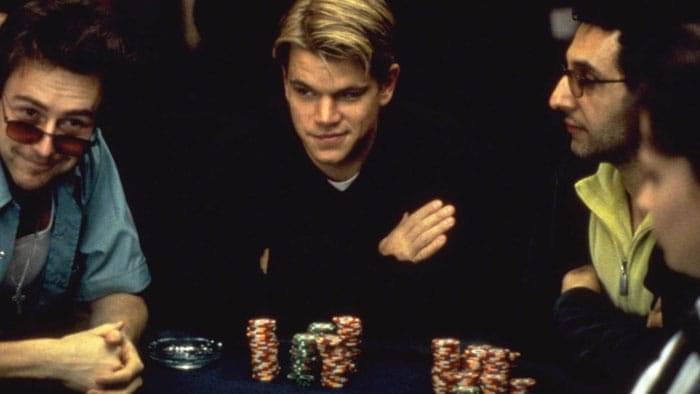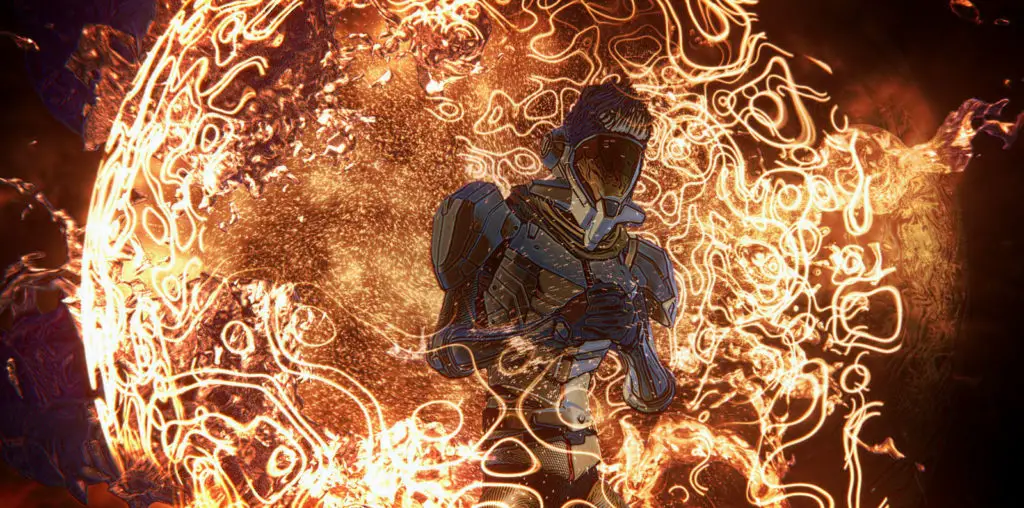
It’s time for some pre-Lord of the Rings fun in Middle-earth with The Hobbit: An Unexpected Journey! Bilbo Baggins (Martin Freeman), 60 years prior to the events in The Fellowship of the Ring, finds himself out of sorts when wizard Gandalf the Grey (Ian McKellen) drops by his hobbit-hole unannounced, which is just the beginning of Bilbo’s unexpected visitors. Later that evening, Bilbo is visited by an increasing number of dwarves, all who come in and make Bilbo’s home their home, complete with trashing the place and eating all of Bilbo’s food.
Their presence is not as random as Bilbo first suspects, however, when it is revealed that the company of dwarves, led by Thorin Oakenshield (Richard Armitage), is looking to re-take the dwarf kingdom of Erebor from the dragon Smaug, the violent creature who ran the dwarves out of the mountain in the first place, and who lives there still. The company needs a burglar, however, to assist in their endeavors, and Gandalf suggested Bilbo, as hobbits are easily ignored and overlooked.
At first Bilbo demurs, and the company leaves without him, but he comes to his senses (or maybe loses them) and sets out to join the crew on their adventure. Unfortunately for Bilbo, at least in this film, that adventure entails running from, and eventually battling, orcs and goblins, doing his best to not get himself or the dwarves eaten by trolls and out-riddling and escaping Gollum (Andy Serkis), whose ring Bilbo has found.
First off, it’s easily been over a decade, possibly two, since I read The Hobbit, so I’m not going to be writing this review from the point-of-view of someone looking to compare and contrast the film to the book. In other words, I can’t tell you what page this film wraps up on, and whether I think that number of pages warrants an almost three-hour film; I can only say that, while the film is long and that can’t be denied, it didn’t feel tiresome or slow. At least not the entire time.
Sure, the opening drags a bit, but Jackson also doesn’t just rehash time in the Shire and give us a repeat of the opening of The Fellowship of the Ring. The early sequence with the dwarves talking and singing, for me, was where the film dragged, but after that, once the adventure gets underway in earnest, I found myself caught up in the film enough to not notice how much time was actually passing.
And I honestly appreciated that, when moments in the characters’ pasts were mentioned, that we actually got to see the stories fleshed out as opposed to just being told them. For example, battle near Moria with Thorin Oakenshield; sure, it could’ve stayed a campfire story, but the fact that I got to see the battle play out was that much more entertaining.
Oddly enough, however, for a film that revels in expanding on so much, I actually found the characterization of the dwarves to be almost indistinct, save for their make-up. Other than Thorin and Balin (Ken Stott), I couldn’t tell you the name of any of the rest of them. They seem to have different personalities, but the entire troupe also seems to move along as one unit, an extension of Thorin. I’m not saying I needed to know the back story of every dwarf on screen, and with that many characters it does make it difficult to follow period, but I did find it strange that, after the film took the time to focus on something like a wizard nursing a hedgehog back to life, it still had so many characters that can be so easily forgotten.
Overall, though, this is another Peter Jackson Lord of the Rings flick. It’s epic in scale, the actors perform their roles as hobbit, dwarf, elf and/or wizard as they have in the past, or as we would hope they would based on how others have performed in the previous films, and it’s all a very comfortable and familiar experience. I’m not a Tolkien acolyte or massive fan by any means, but that doesn’t mean that I don’t enjoy my time in Middle-earth, and enjoy that Jackson has been my guide for four (soon to be six) films now. Much like when I first saw The Fellowship of the Ring, when The Hobbit: An Unexpected Journey wraps up, even after almost three hours of Middle-earth, I was ready and eager to start watching the next film.
And, yes, I did see The Hobbit in 3D at 48 frames-per-second. Much has been said and debated about the change-up in the frame rate, and often it’s being hailed as an unnecessary change that requires an adaptation on the audience’s part. While I’ll admit that it is a different experience than we’ve known, to me the adaptation isn’t one entirely for the audience, but for the filmmakers too.
As the higher frame rate is a way of presenting the imagery in a new way, so too must the imagery being presented be created in such a way as to best utilize the strengths of the change. For example, in its worst moments, the film is so clear and crisp that it feels like you’re watching actors on a set, or acting in front of a matte painting, digital or otherwise. In other words, the realities of the filmmaking process (these indeed ARE actors on a set) intrudes and disrupts the experience. To mask or eliminate that experience, all aspects of the set design, makeup and the like have to be spot-on and flawless. This therefore doesn’t drop the bar as far as film-going experience so much as it forces a raising of the bar on the filmmaking side.
And when that bar is met, it’s great. In its best moments, the 3D at 48fps is an entirely immersive experience that is like none before it. And, for as much as I am not an advocate for 3D films or filmmaking, I think part of what makes the 48fps experience work so well here is the way the 3D pulls you in, while the clarity of frame rate makes it feel more real. Without the 3D component, I imagine the 48fps experience could be much more abrasive an experience, and that sense of falseness more pronounced. I can’t say for certain, as I experienced, again, the film in 3D at 48fps, but I could see how the components, when not properly combined, or with one aspect missing, could be lacking. More often than not, however, the imagery is handled well enough to not look all that much different from the previous Lord of the Ring epics, with some truly incredible visual moments thrown in to elevate the film.
Which brings me to my final thoughts on this first film in Peter Jackson’s The Hobbit trilogy. Simply, if you’re a fan of the way Jackson has delivered Middle-earth to you in the past, and his style of extending stories you didn’t know, or think, needed extending, then this is more of the same. The film only felt like it was treading water near the beginning, when the dwarves were just sitting around talking, or singing, but otherwise, even at its lengthy running time, it moves along. If you found the Lord of the Rings trilogy to be too long, even before the Extended Editions made their way to the screens, chances are you aren’t going to dig this one either. But if you were on board for that trilogy, and felt it could do little wrong, then this film should deliver on expectations and make you just as happy.

